India, with its rich biodiversity and vast wilderness, is home to over 70% of the world’s tiger population, making it a top destination for wildlife enthusiasts. Tiger safari in India have surged in popularity, reflecting a booming growth in inbound wildlife tourism. This rise not only boosts the economy but also supports conservation efforts for the endangered Royal Bengal Tiger. In this article, we’ll explore the best tiger safaris in India, the ideal time to visit, the diverse wildlife you can encounter, and the remarkable improvements in tiger populations across key reserves.
Top Tiger Reserves for Tiger Safari in India
India’s tiger reserves are world-renowned for offering thrilling opportunities to spot the Royal Bengal Tiger in the wild. Here are the top tiger reserves that stand out for an unforgettable safari experience –
1. Bandhavgarh National Park
Located in Madhya Pradesh’s Vindhya hills, Bandhavgarh National Park stands out for its remarkably high tiger density, making it a hotspot for tiger safaris. With over 50 tigers in just 38 square miles, sightings are frequent and exhilarating. The park’s rugged landscape—featuring rocky ridges, lush valleys, and dense forests—adds scenic beauty to the adventure. Visitors can also spot leopards, sloth bears, and deer, while the ancient Bandhavgarh Fort offers a glimpse into the region’s rich history.
2. Kanha National Park
Kanha National Park, also in Madhya Pradesh, is a sprawling reserve celebrated for its conservation success, particularly with the barasingha (swamp deer). Its vast meadows and sal forests provide a perfect habitat for tigers, often seen during safaris. Beyond tigers, Kanha teems with leopards, wild dogs, and over 300 bird species. The park’s pristine environment and dedication to wildlife preservation make it a standout choice for nature enthusiasts.
3. Ranthambore National Park
In Rajasthan, Ranthambore National Park combines wildlife with a touch of history. Known for its healthy tiger population, the park offers excellent sighting opportunities amidst dry forests and open grasslands. The iconic Ranthambore Fort and tranquil lakes enhance the experience, blending natural beauty with cultural allure. Its accessibility from Jaipur and Delhi adds to its appeal as a top safari destination.
4. Jim Corbett National Park
Nestled in Uttarakhand’s Himalayan foothills, Jim Corbett National Park is India’s oldest tiger reserve and a pioneer in conservation. Its diverse terrain—ranging from dense forests to riverine belts—supports a robust tiger population alongside elephants, leopards, and over 600 bird species. The serene Ramganga River winding through the park adds a peaceful charm, making safaris here both thrilling and picturesque.
5. Pench National Park
Spanning Madhya Pradesh and Maharashtra, Pench National Park inspired The Jungle Book with its teak forests and rolling hills. Home to a significant number of tigers, it also hosts leopards, wild dogs, and deer, with water bodies drawing wildlife during the dry season for prime viewing. Pench’s literary connection and vibrant ecosystem make it a captivating safari destination.
Best Time for Tiger Safari in India
Timing is key for the best tiger safari in India. The dry season, from October to June, is ideal as tigers congregate near waterholes, increasing sighting chances. Specifically, March to June stands out, as the heat drives wildlife to water sources, making tigers more visible. However, note that some parks close during the monsoon (July to September) due to heavy rains and breeding seasons. Planning your tiger safari in India during these peak months ensures a thrilling adventure.
Wildlife Species in Indian Tiger Reserves
While tigers are the undeniable stars of India’s tiger reserves, these sanctuaries are home to a remarkable variety of wildlife, transforming every visit into a captivating journey through nature’s diversity. Here’s a closer look at the incredible species thriving in five of India’s premier tiger reserves.
Bandhavgarh National Park, nestled in the Vindhya hills of Madhya Pradesh, is far more than a tiger haven. Its lush forests and rolling grasslands shelter elusive leopards, often glimpsed moving silently through the undergrowth, and shaggy sloth bears foraging for termites or berries. The park is also home to massive Indian bison, or gaur, whose sheer size commands attention, alongside abundant herds of sambar and spotted deer that sustain the predator population. Overhead, over 250 bird species, including the striking crested serpent eagle, fill the skies with life.
Kanha National Park, one of India’s largest reserves, boasts sprawling meadows and sal forests that support a thriving ecosystem. It’s a sanctuary for the rare hardground barasingha, a swamp deer brought back from near extinction, sharing the landscape with majestic tigers often seen near waterholes. Leopards and packs of Indian wild dogs, known as dholes, add to the predatory prowess, while over 300 bird species—like the colorful paradise flycatcher—make Kanha a paradise for birdwatchers.
Ranthambore National Park in Rajasthan blends rugged hills and ancient ruins with a vibrant wildlife scene. Beyond its iconic tigers, which often lounge by serene lakes, the park hosts leopards perched on rocky outcrops and sloth bears rummaging through the brush. Crocodiles bask in the waters, and more than 300 bird species, such as the painted stork, bring bursts of color to this historic wilderness.
Jim Corbett National Park, cradled in the Himalayan foothills of Uttarakhand, is India’s oldest national park and a biodiversity treasure. Alongside its dense tiger population, elephants roam freely, often spotted bathing in the Ramganga River, while the elusive Himalayan black bear adds a rare thrill. With over 500 bird species, including the great hornbill, Corbett offers a stunning array of wildlife against a dramatic backdrop.
Pench National Park, spanning Madhya Pradesh and Maharashtra, evokes The Jungle Book with its dry forests and winding rivers. Tigers reign here, but leopards, wild dogs, and jackals also prowl the terrain. Birdlife flourishes with species like the Malabar pied hornbill, and in the dry season, animals gather at water bodies, creating unforgettable sightings.
Improvements in Tiger Population and Density
India’s tiger conservation efforts, notably through Project Tiger, have led to a remarkable increase in tiger numbers. The table below highlights population growth in major reserves, showcasing why a tiger safari in India is more rewarding than ever:
| Tiger Reserve | Tiger Population (2018) | Tiger Population (2022) |
|---|---|---|
| Bandhavgarh | 61 | 75 |
| Kanha | 88 | 105 |
| Ranthambore | 61 | 70 |
| Corbett | 231 | 250 |
| Pench | 53 | 60 |
| Tadoba | 88 | 100 |
Lesser-known reserves like Tadoba Andhari in Maharashtra also show impressive growth, adding to the appeal of a tiger safari in India. These figures, sourced from the National Tiger Conservation Authority (NTCA) reports, reflect India’s commitment to wildlife preservation.
Conclusion
So, which tiger safari in India is the best? It depends on what you seek. Bandhavgarh offers the highest tiger density, Kanha provides vast landscapes, Ranthambore blends accessibility with history, Corbett dazzles with biodiversity, and Pench charms with its Jungle Book legacy. With inbound wildlife tourism booming and tiger populations thriving, there’s no better time to plan your tiger safari in India. Visit between October and June—especially March to June—for the best sightings, and immerse yourself in the wild beauty of India’s tiger reserves. Whether you’re a photographer, adventurer, or nature lover, a tiger safari in India promises memories that last a lifetime.
If you wish to find the amazing wonders of wild, then book your best tiger safari tour with us today. At Nature Safari India, we provide the best experience for your wildlife safari with a luxurious touch. We take care of all your needs by creating a tailor made itinerary which will suits your wildlife vacation.

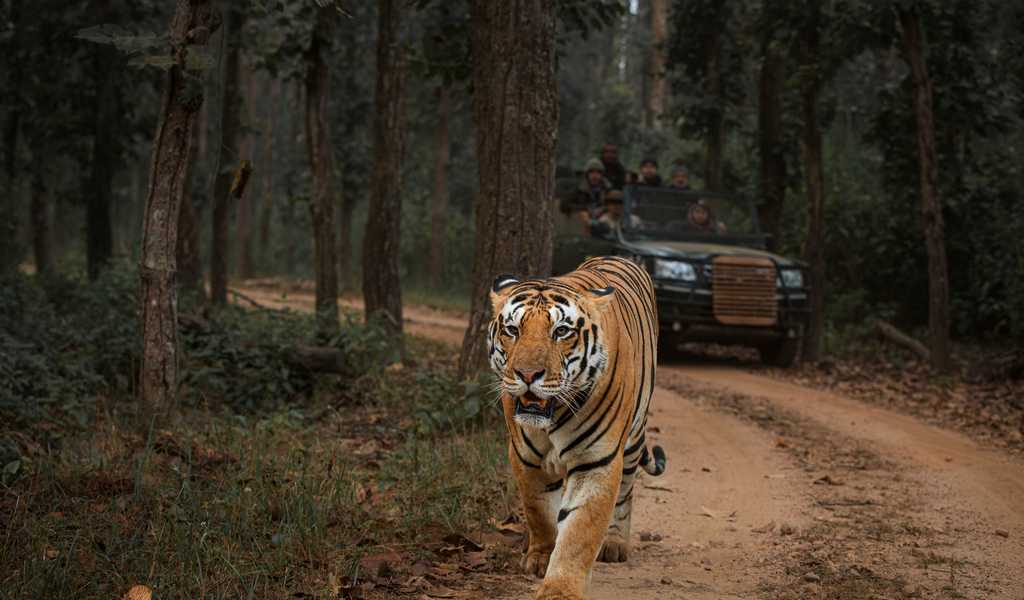
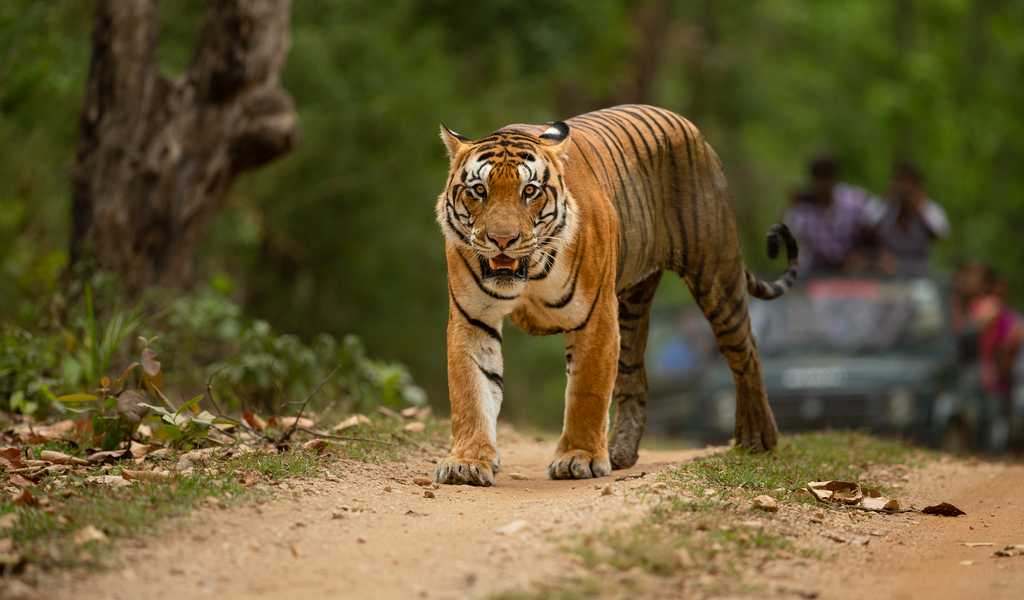
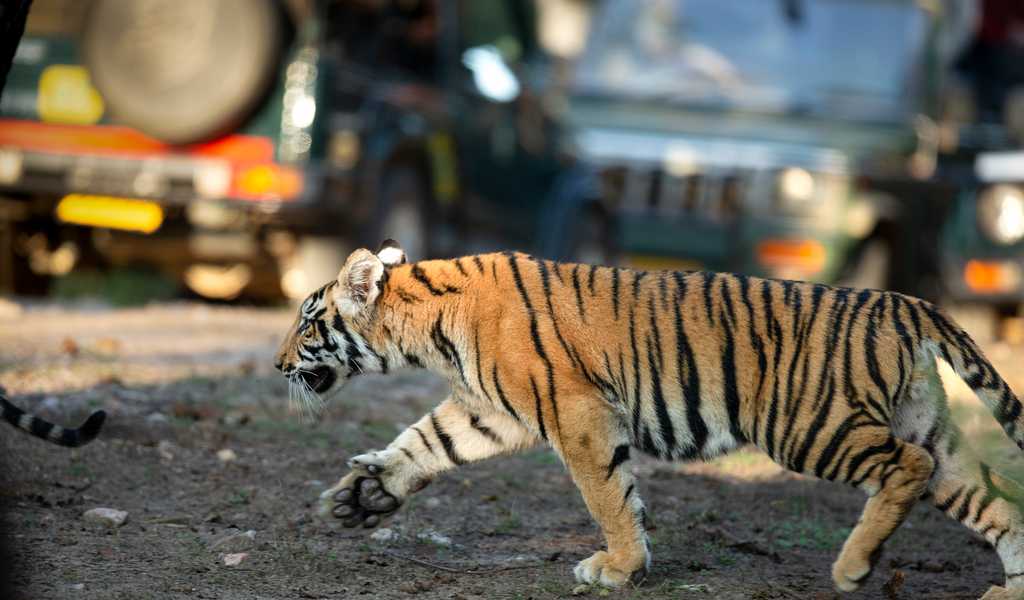
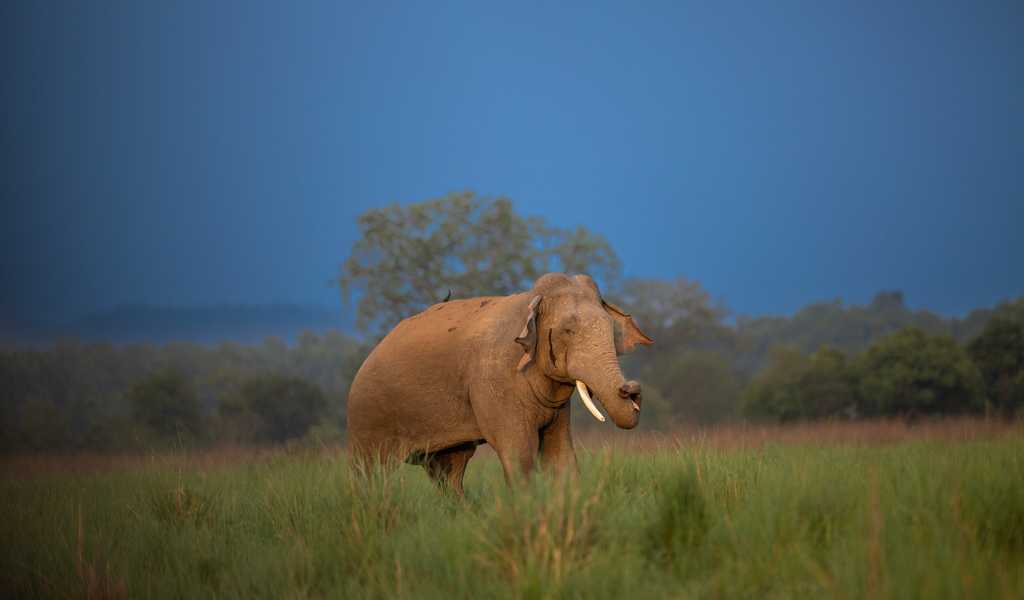
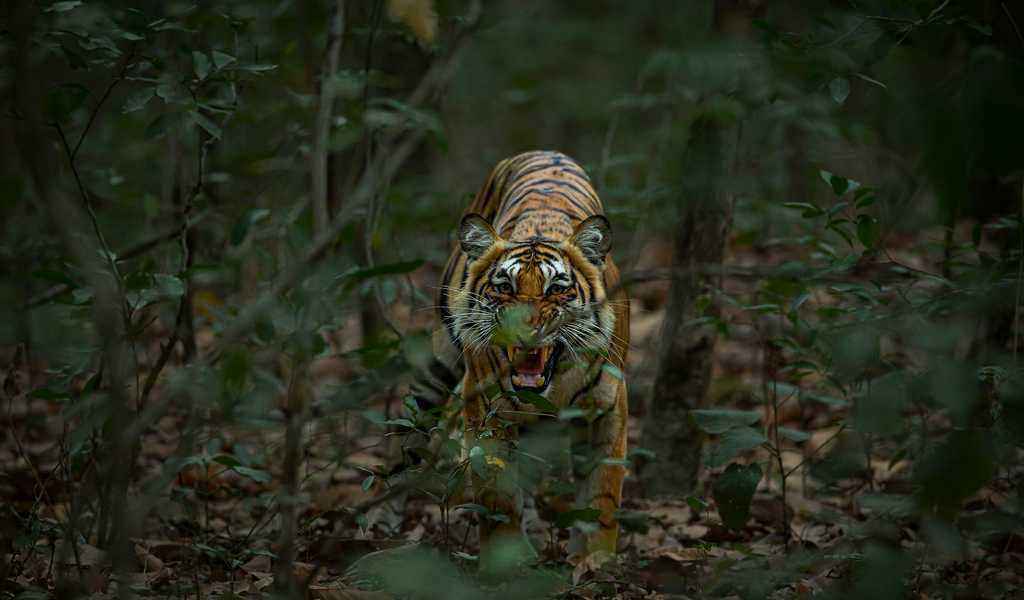
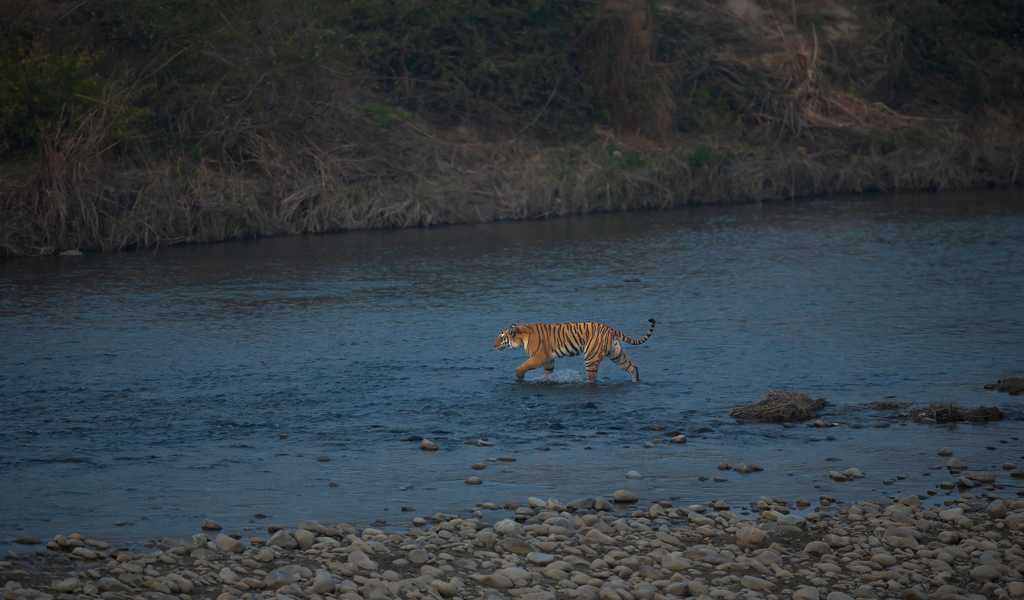
2 Responses
This is a great blog @tigerssafari. As a wildlife enthusiast I am always curious about the fauna around us and their diversity. This blog helped me know what fauna I can expect where in India. I wanted to witness tiger & elephants and now I know where should I go. Thanks for that guys
Thank you Ankur for reading our blog and giving your insights. We will keep improving and providing better information.